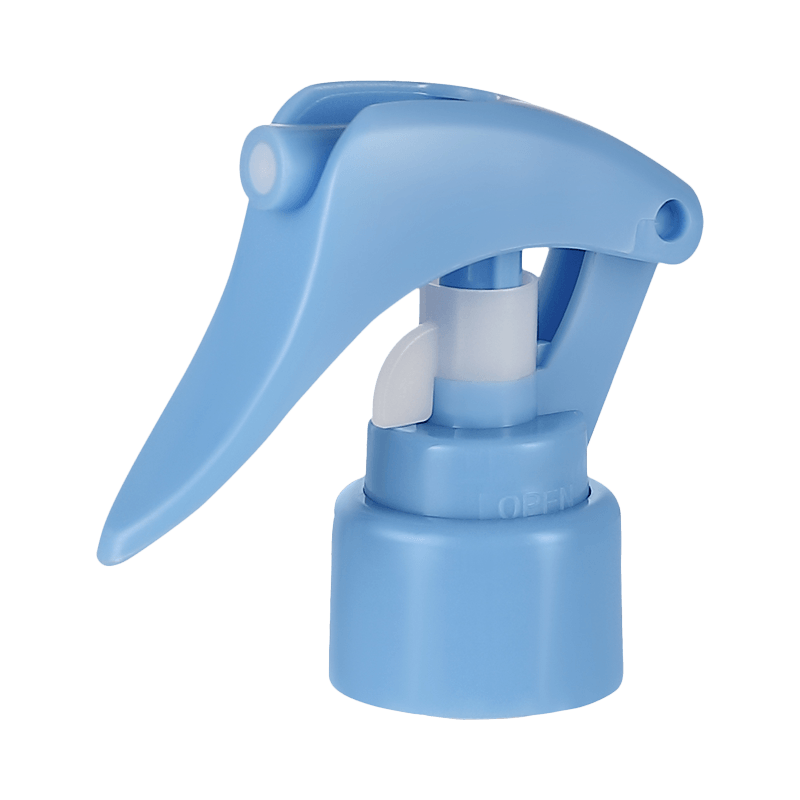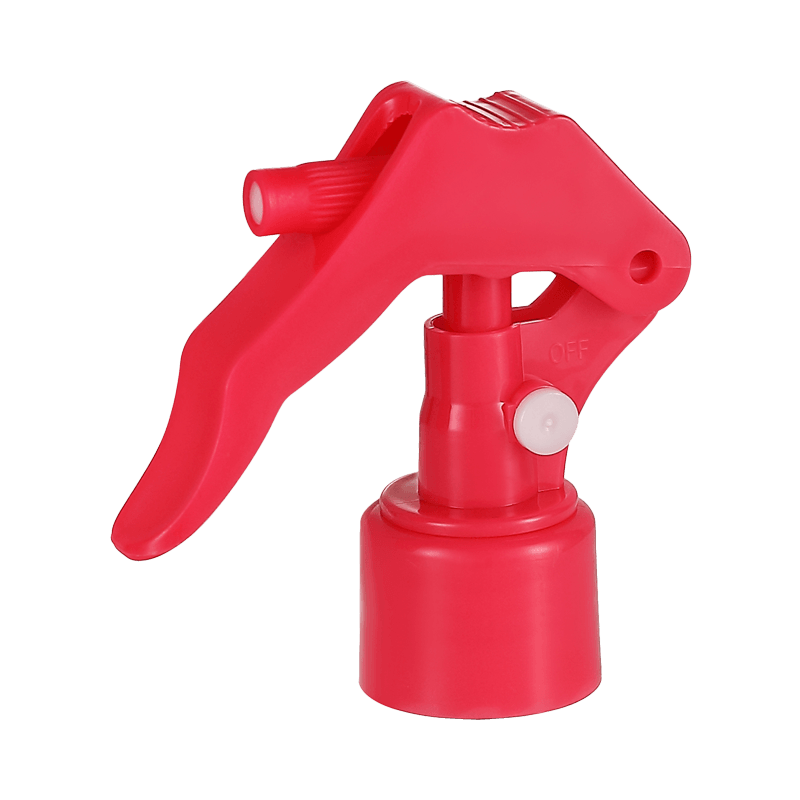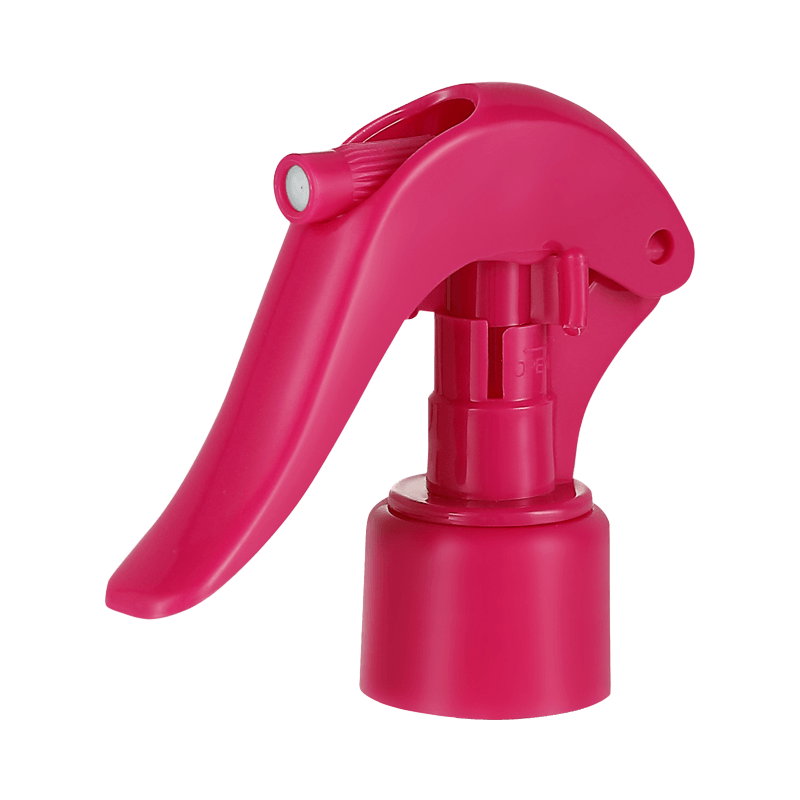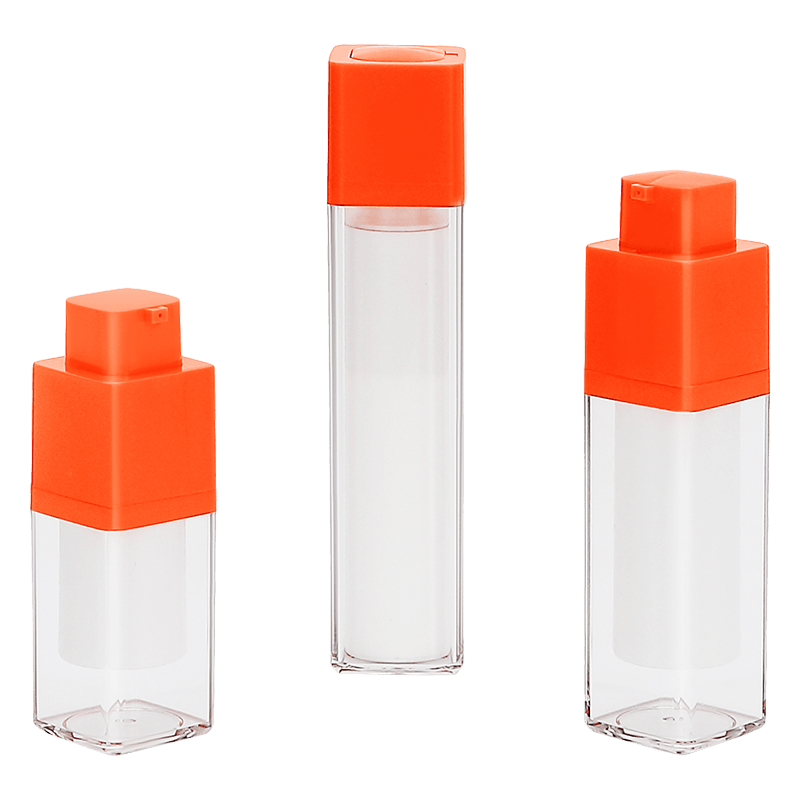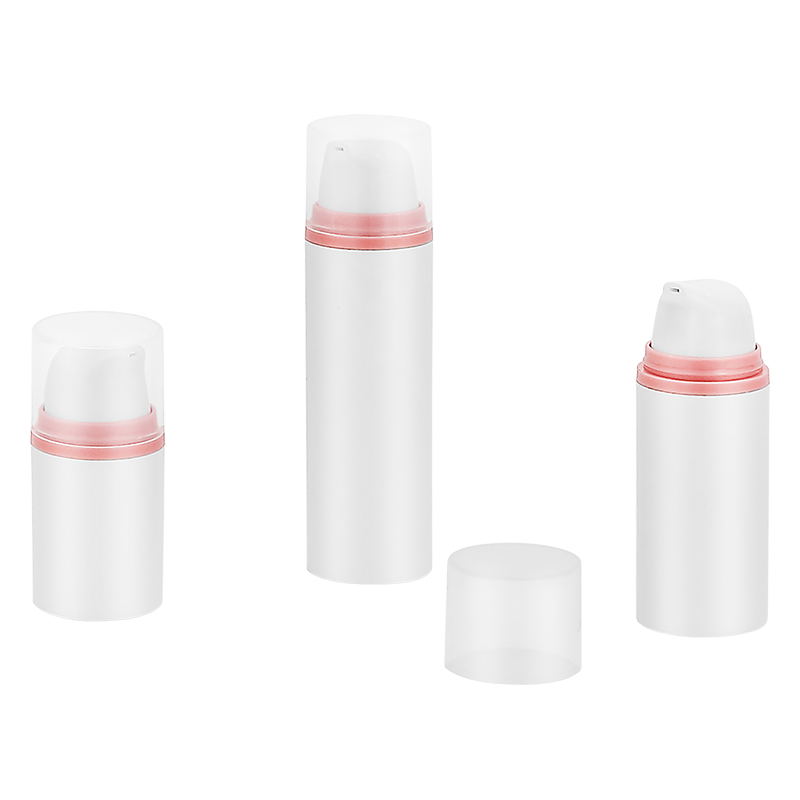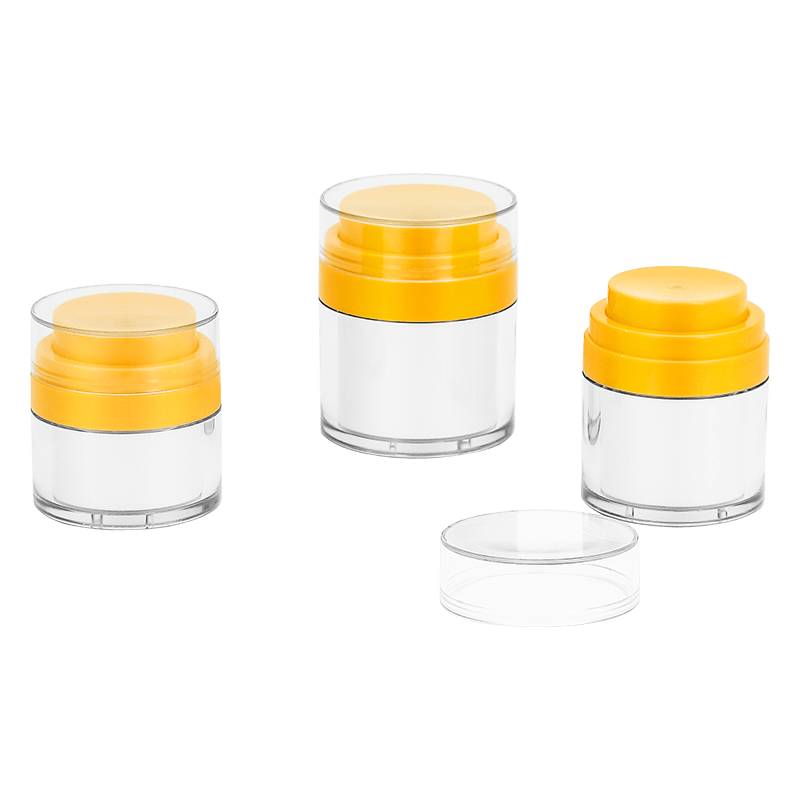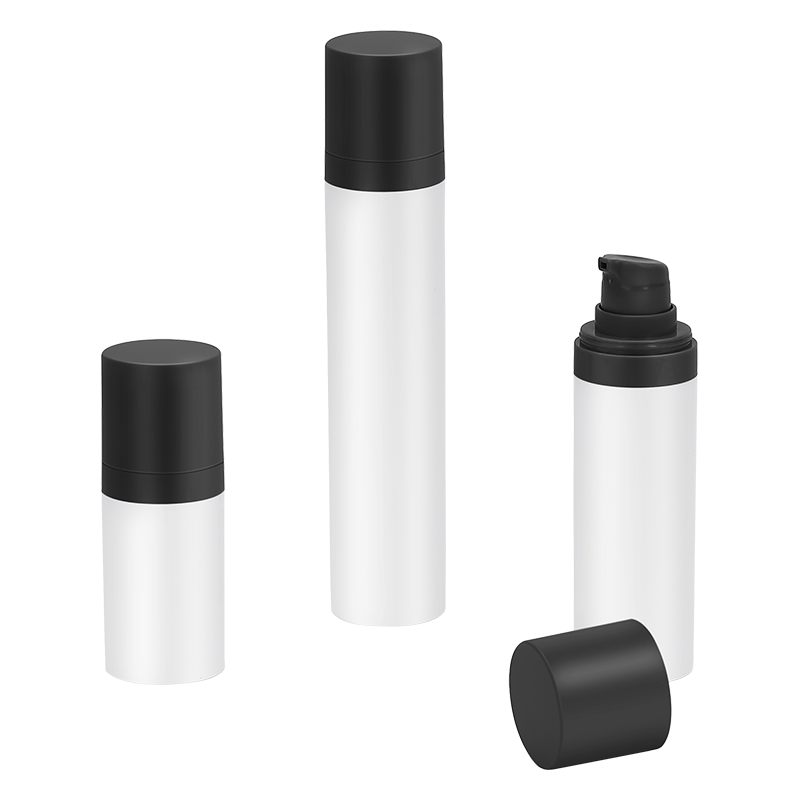In the production process of plastic sprayers, sealing is a key factor that determines its overall performance, safety and user experience. Through scientific and reasonable production processes, the sealing performance of plastic sprayers can be significantly improved, thereby enhancing its market competitiveness.
Injection molding process
Injection molding is the core process of plastic sprayer manufacturing, and each link has an important impact on the sealing of the final product.
Temperature and pressure control: In the injection molding process, the temperature and injection pressure of the molten plastic are the main parameters affecting the molding quality. If the temperature is too high or too low, it will cause insufficient or excessive material fluidity, which will affect the dimensional accuracy and surface smoothness of the finished product. By accurately controlling the temperature and pressure of the injection molding machine, it can be ensured that the plastic in the mold is fully filled to form a tight bonding surface, thereby reducing potential leakage points.
Cooling time: The length of the cooling time directly affects the shrinkage rate and final size of the plastic. Insufficient cooling may cause the finished product to deform, which in turn causes poor sealing. Therefore, it is an important link to improve the sealing to reasonably set the cooling time to ensure that the plastic is fully cooled and shaped in the mold.
Mold design and manufacturing
The design and manufacturing quality of the mold directly determines the matching accuracy of the various components of the plastic sprayer, thereby affecting its sealing performance.
Mold precision: High-precision molds can ensure that the size and shape of each component of the sprayer meet the design requirements. During the mold manufacturing process, high-precision processing equipment should be used to ensure that the various parts of the mold fit closely and reduce the existence of gaps and gaps.
Mold surface treatment: The surface smoothness of the mold is directly related to the surface quality of the final product. Through surface treatment methods such as polishing and chrome plating, the friction and adhesion during molding can be effectively reduced, thereby improving the smoothness of the finished product and further enhancing the sealing performance.
Assembly process
The assembly process of the sprayer is also an important link to ensure sealing.
Precise positioning: During the assembly process, the precise positioning of each component is crucial. The use of automated equipment for assembly can significantly improve the matching accuracy of the components, ensure the correct installation of the sealing ring and other sealing components, and avoid sealing failure caused by human factors.
Tightening force control: During the assembly process, the tightening force of screws and other fasteners must be strictly controlled. Overtightening may cause plastic deformation, while over-loosening will cause sealing failure. Therefore, it is recommended to use a torque control tool to ensure that the tightening force of each component is within a reasonable range.
Quality inspection and control
Quality inspection and control are an indispensable part of the entire production process. By implementing a strict quality management system to ensure that each production link meets the standards, the overall quality and reliability of the product can be effectively improved.
Sealing test: Before the product leaves the factory, the sprayer needs to be tested for sealing. Through air tightness and liquid tightness tests, it is ensured that the product will not leak during actual use.
Continuous improvement mechanism: Establish a continuous improvement mechanism, collect user feedback and market data, and adjust the production process and design plan in time to adapt to changes in market demand and improve product competitiveness.

 中文简体
中文简体 English
English русский
русский